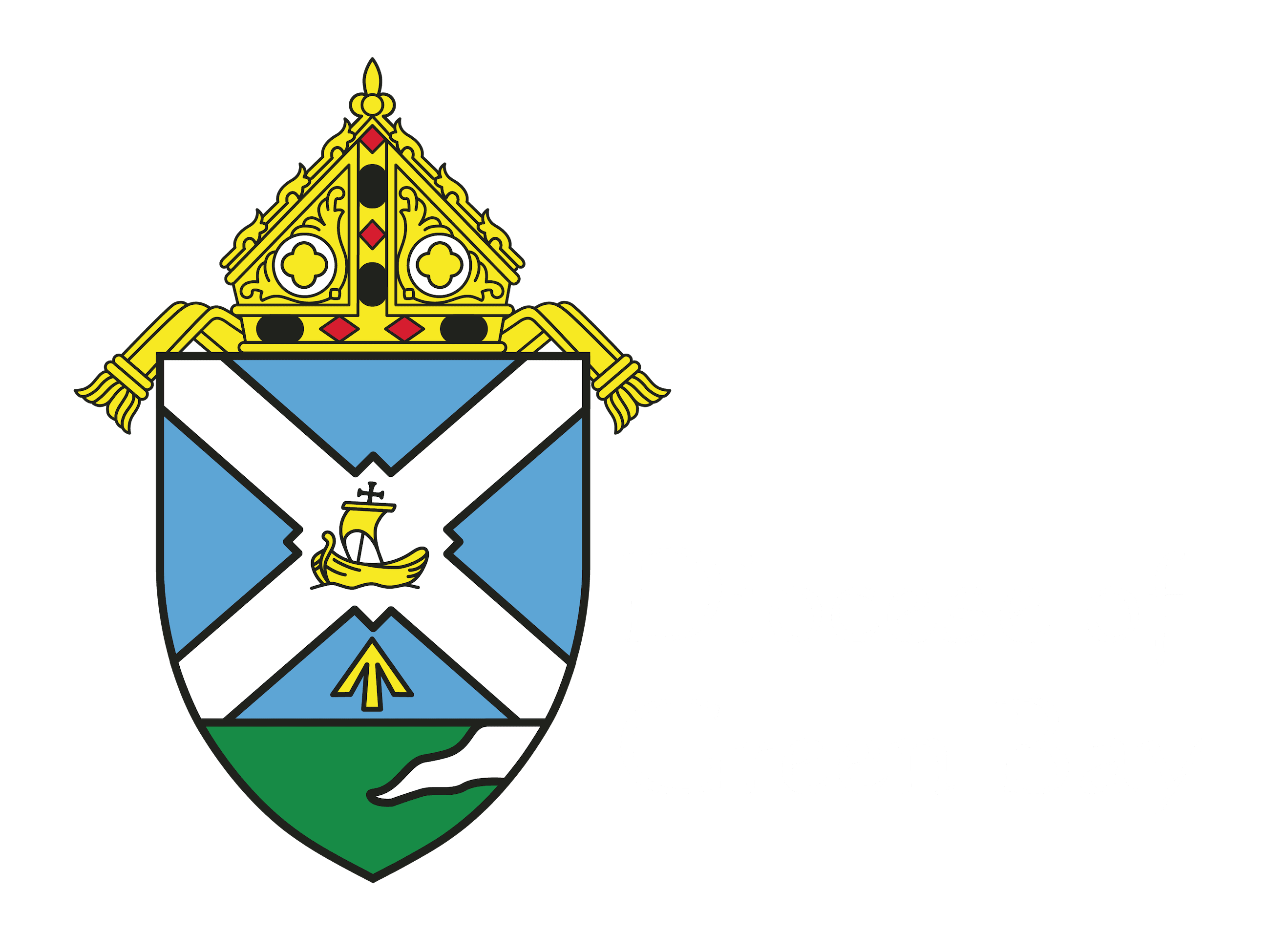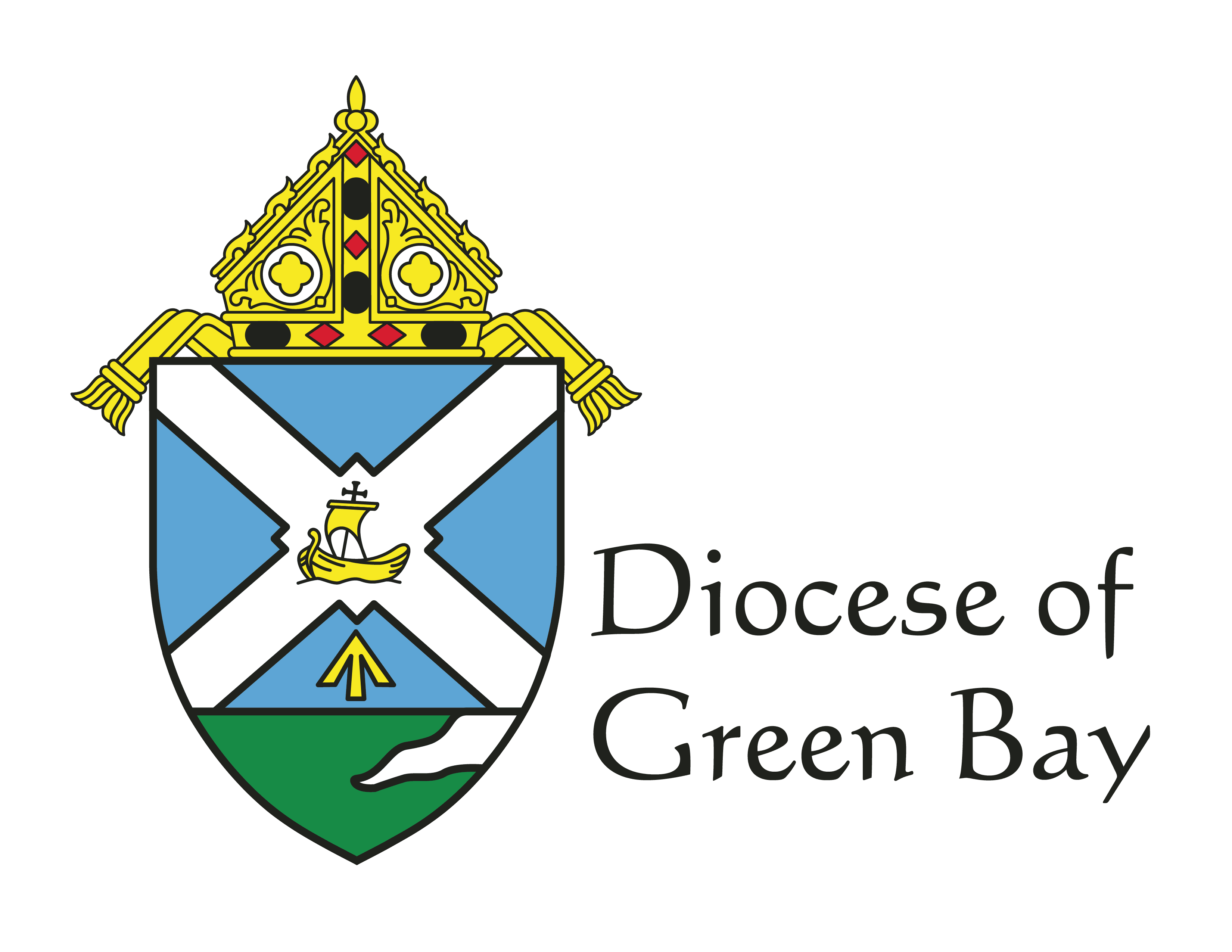Although the Diocese of Green Bay was not officially created until 1868, the history of the Catholic faith in the area dates back to 1634 when Jean Nicolet landed near Green Bay. He was soon followed by Jesuit missionaries dedicated to spreading the gospel to the native people along the Fox, Wolf, and Menominee Rivers.
For nearly a century, the Indians, missionaries, and French Canadian voyagers kept the faith alive.
Although the Diocese of Green Bay was not officially created until 1868, the history of the Catholic faith in the area dates from 1634, when Jean Nicolet landed near Green Bay. He was soon followed by Jesuit missionaries dedicated to spreading the Gospel to the native people along the Fox, Wolf, and Menominee Rivers.
For nearly a century, the Indians, missionaries, and French Canadian voyagers kept the faith alive.
First Missionary Arrives
Jesuit Fr. Claude Allouez, a Jesuit missionary, celebrated Mass with the Native Americans near the present site of Oconto on Dec. 3, 1669, the feast of St. Francis Xavier. Fr. Allouez established St. Francis Xavier Mission there.
The mission was moved to Red Banks (along the southeast shore of the Bay of Green Bay) for a short time in 1671, and then to De Pere, where it remained until 1687, when it was burned.
The missionaries continued working with the Fox, Sauk, and Winnebago tribes under the protection of the French and newly constructed Fort Francis (now west Green Bay). Fort Francis was destroyed in 1728. Catholicism then lay dormant in the area for almost a century.
- Green Bay was originally part of the Quebec Diocese, before becoming part of the Baltimore Diocese (1791--1808), the Bardstown, Kentucky Diocese (1808-1821); the Cincinnati Diocese (1821-1833); the Detroit Diocese (1833-1843) and the Milwaukee Diocese (1843-1868) Catholicism revived in northeastern Wisconsin
In 1816, Fort Howard was established on the settlements of the Catholic French Canadians, who had been in the area since the mid-1700s.. A log church-school, blessed as St. Francis Xavier Chapel, was erected in 1825, near the corner of the present Adams and Mason Streets. It burned shortly thereafter.
After a visit by Cincinnati Bishop Edward Fenwick, O.P, in 1831, a church was built in Shantytown on land that is now part of Allouez Cemetery. The church was named St. John the Evangelist and is the oldest continuing parish in Wisconsin).
- St. John the Evangelist, a primarily French-speaking congregation, became the mother parish for all the churches in the Diocese of Green Bay, including St. John Nepomucene (Little Chute), 1836); St. Edward (Mackville), 1849; St. Peter (Oshkosh), 1850; Holy Maternity of Mary (Manitowoc Rapids), 1850; St. Luke (Two Rivers), 1851; St. Anna (St. Ann), 1851; St Mary (Green Bay; later renamed St. Francis Xavier Cathedral), 1851. As a result of the growing Catholic population, Pope Pius IX established the Diocese of Green Bay on March 3, 1868. There were 40,000 Catholics scattered over 15,378 square miles. The area shrunk in size with the establishment of the dioceses of Superior (1905) and Madison (1946).
Ethnic parishes serve immigrant population
- Throughout the mid-to-late 1800s immigrants poured in, forming their own ethnic parishes in Green Bay, including: St. Mary (now St. Francis Xavier Cathedral), German, 1851; St. Willebrord, Dutch, 1864; St. Patrick, Irish, 1865; Ss. Peter and Paul, Belgian, 1875; St. Mary of the Angels, Polish, 1898.
- Intermarriage and the English language gradually weakened the bonds of the ethnic parishes.
Bishops of the Diocese of Green Bay
Twelve men have served as the Bishop of Green Bay since the Diocese was created in 1868.
Contact Us
Chancery Building
1825 Riverside Drive
Green Bay, WI 54305-3825
Phone: (920) 272-8195
Fax: (920) 435-1330
Email:




